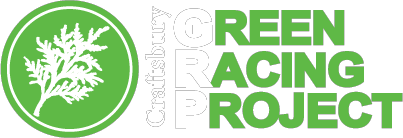CLNA (Chaga Lovers Non-Anonymous)
For all those who have not been bitten by the nutritional trend of chaga, here’s some quick online literature to catch you up to speed:
http://en.wikipedia.org/wiki/Chaga_mushroom
Also, a very even keeled post found by our very own Amy Schulz:
http://oriveda.wordpress.com/chaga-the-facts/
If those weren’t short enough for you, here’s an even quicker synopsis. Chaga is a very odd looking mushroom that grows predominantly on birch trees (yellow or white) in northern climates. You can harvest it with a hatchet to then make a decoction out of it (ie tea made from fungus). Why is this pertinent to our GRP blog? Twofold. First, it is a natural elixir. While some say it is an elixir for virtually everything from cancer to cholera (not really cholera, but I wanted the alliteration), at the very least, it is full of antioxidants, balances the immune system, and has certain probiotic qualities. Secondly, although it predominantly grows in northern environments like at our home in Vermont, it also just happens to grow in the hills of North and South Carolina for whatever reason as the wiki entry states.
Once an eye is trained to spot chaga, it can’t go without seeing it. Until it is trained, you can’t find it for the life of you. Speaking from personal experience here. Needless to say, Emily and I are trained and spotted the same suspected chaga right around the corner from our house. Odd thing is it’s not on a birch tree. This can happen, but is rare and may not yield the same nutritional benefits as birch trees have some special traits.


It really looks a lot like chaga. The burnt looking outside and the reddish brown inside that you can see in some of its crevices. I harvested a chunk of it and put it side by side with some dried out chaga I brought with me from Vermont.

Real Vermont Chaga on the Left and Unknown Possible South Carolinian Chaga on the Right
Still, pretty darn similar. However, the charred looking outside of the Vermont chaga had a slightly more crystalline formation to it. Also, the reddish brown inside looked different in very subtle ways. Either way, the main reason I’m not eating the South Carolinian impostor is because it wasn’t even on a birch AND more importantly there was an unknown gooey white substance under most of the chaga looking stuff that I saw as I harvested the small piece.I’ll eat strange stuff from the woods, but only when I’m confident I’ll benefit from it.
